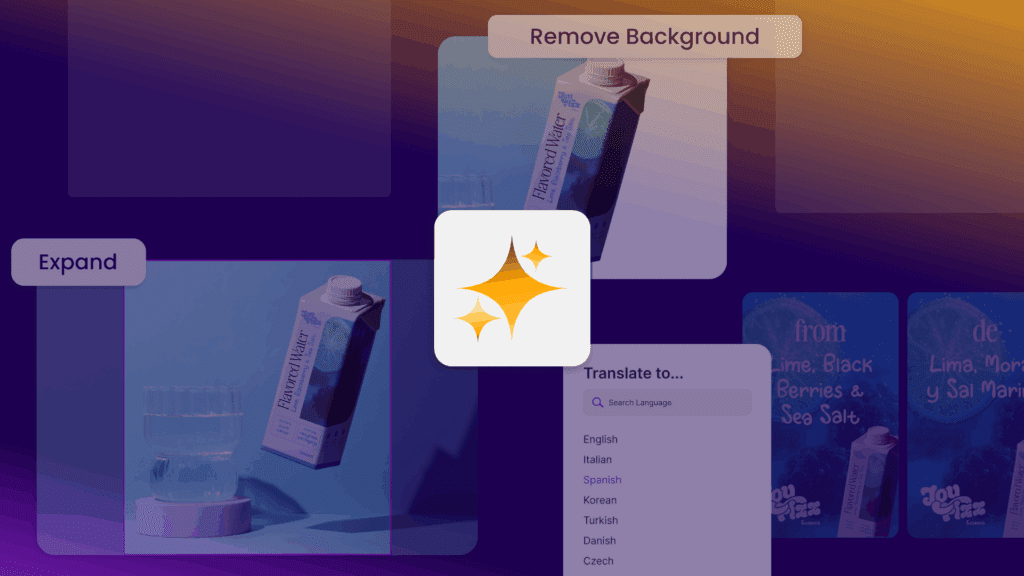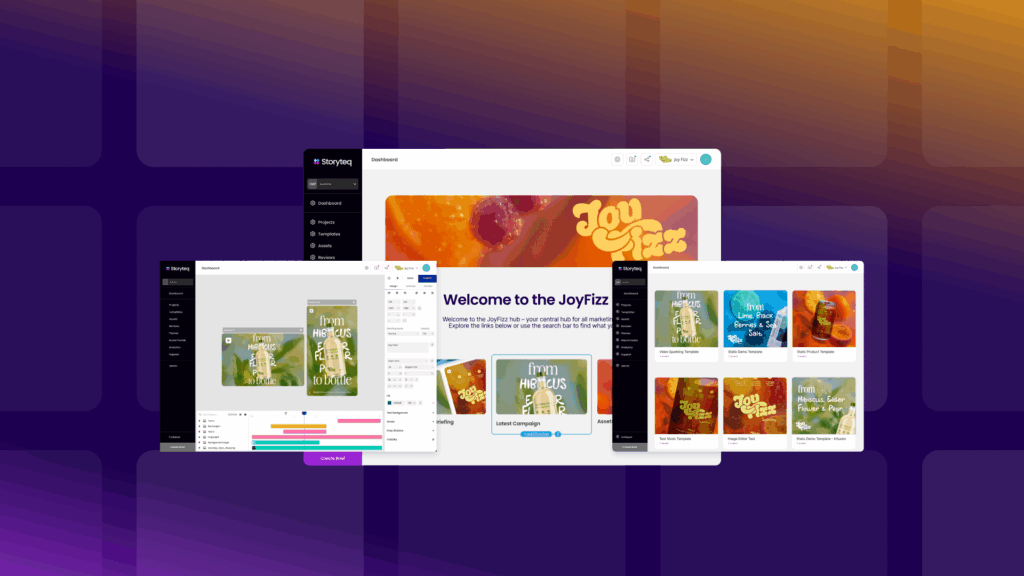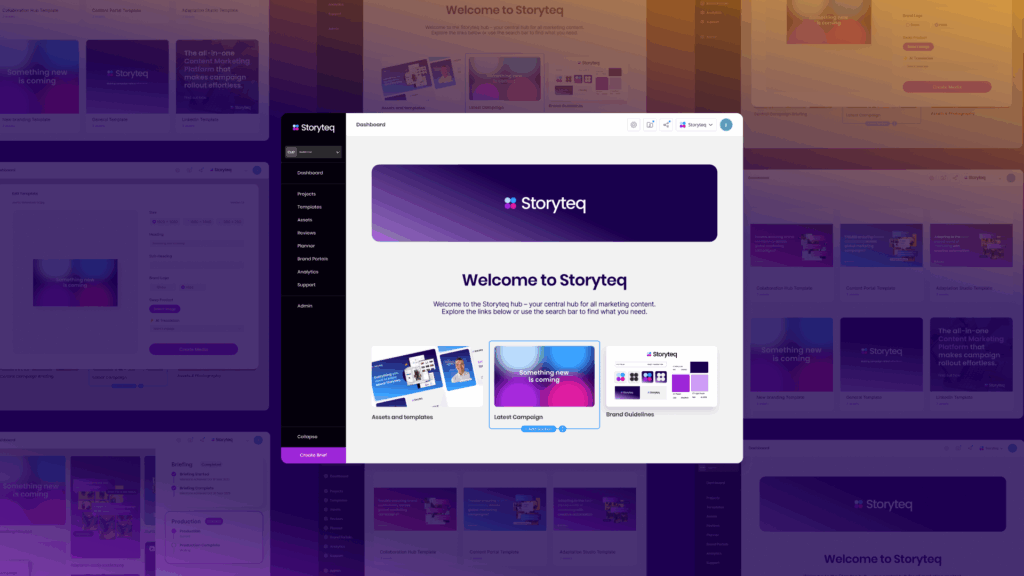Cost Efficiency in the Long Run
Brands reassessing their marketing structures more and more often nowadays, note Danielle & Conor. Particularly in-housing is on the rise. Many companies are shifting creative production internally to gain control, reduce costs, and increase agility—but is this strategy actually paying off?
Danielle highlights that brands using Creative Automation are seeing tangible cost savings: “A lot of FMCG brands that we’re working with at the moment are keeping their more strategic work in-house and their creative work in-house, but then outsourcing the execution to external partners.” This allows companies to maintain control while optimizing resources.
Conor echoes this sentiment, stating, “There’s definitely a focus on cost efficiencies when moving from external to in-housing models. It’s about balancing internal capabilities with external execution to ensure resources are being used in the most efficient way.” “By automating repetitive tasks, teams can focus on high-impact creative work, leading to both cost savings and better marketing outcomes.”
Danielle further emphasizes, “Brands understand that if they own the tech and invest in automation, they can reduce production costs and scale campaigns more efficiently. It’s about gaining agility while keeping high-quality output.” She adds, “The companies that integrate automation into their workflows today will have a major competitive advantage in the coming years, reducing both production time and costs while improving creative output.”
Brain Drain: Can Brands Keep Up With Rapid Talent Turnover?
With 82% of CMOs leaving their roles within just three years, talent retention has never been more critical—or more difficult. The constant shuffle at the top creates instability, making it harder for brands to maintain a consistent creative vision. If leadership keeps changing, how can teams stay aligned?
As Danielle & Conor point out: “Creative Automation can enable brand consistency across teams as well.”
Brand Consistency vs. Creative Freedom: Can We Have Both?
Automation makes it easier than ever to maintain brand consistency across global markets—but does it also make brands predictable and boring?
Conor sees automation as a safeguard: “From a marketing technology perspective, we’re seeing creative operations people being key stakeholders in identifying the correct vendor or solution and owning that relationship.”
By using structured templates and predefined guidelines, automation ensures that branding remains intact, even as content scales. But Danielle warns of potential downsides: “The danger is that automation becomes a crutch, and brands lose that creative spark that makes them unique.”
Is Creative Automation Killing Creativity?
This is the elephant in the room. If automation handles repetitive creative tasks, does it strip away the soul of creativity?
Danielle is adamant that this is a myth: “We’re not killing creativity. We’re freeing up time for them to be creative.” Conor agrees, adding that the best teams “use automation to eliminate the boring work so they can push creative boundaries elsewhere.”
When used correctly, Creative Automation empowers teams to experiment, iterate, and scale their creative efforts without being bogged down by manual processes.
Is One-Size-Fits-All Advertising Dead?
“Absolutely.” In an era of hyper-personalization, generic advertising is becoming increasingly ineffective. Consumers expect tailored messaging that resonates with their interests, behaviors, and demographics. The ability to quickly adapt and personalize creative assets at scale is a game-changer for modern marketing teams.
As automation facilitates mass customization, brands can ensure relevance while maintaining cost efficiency. By leveraging data-driven insights, marketers can move beyond one-size-fits-all campaigns to deliver targeted, high-performing content.
Conclusion: Embracing the Future of Creative Marketing
The future of marketing lies in balancing automation with human creativity. By leveraging technology to streamline execution and focusing talent on strategic initiatives, brands can achieve cost efficiency, retain top creative minds, and maintain brand consistency across all touchpoints.
As Danielle aptly puts it, “Creative Automation really isn’t a nice-to-have for brands anymore… it’s a real differentiator for them.” Whether brands opt to work with agencies utilizing automation or integrate these tools internally, the key to success lies in finding the right balance between technology and creativity.
Want to Read More About Creative Automation?
Also make sure to check out our blogs about:



